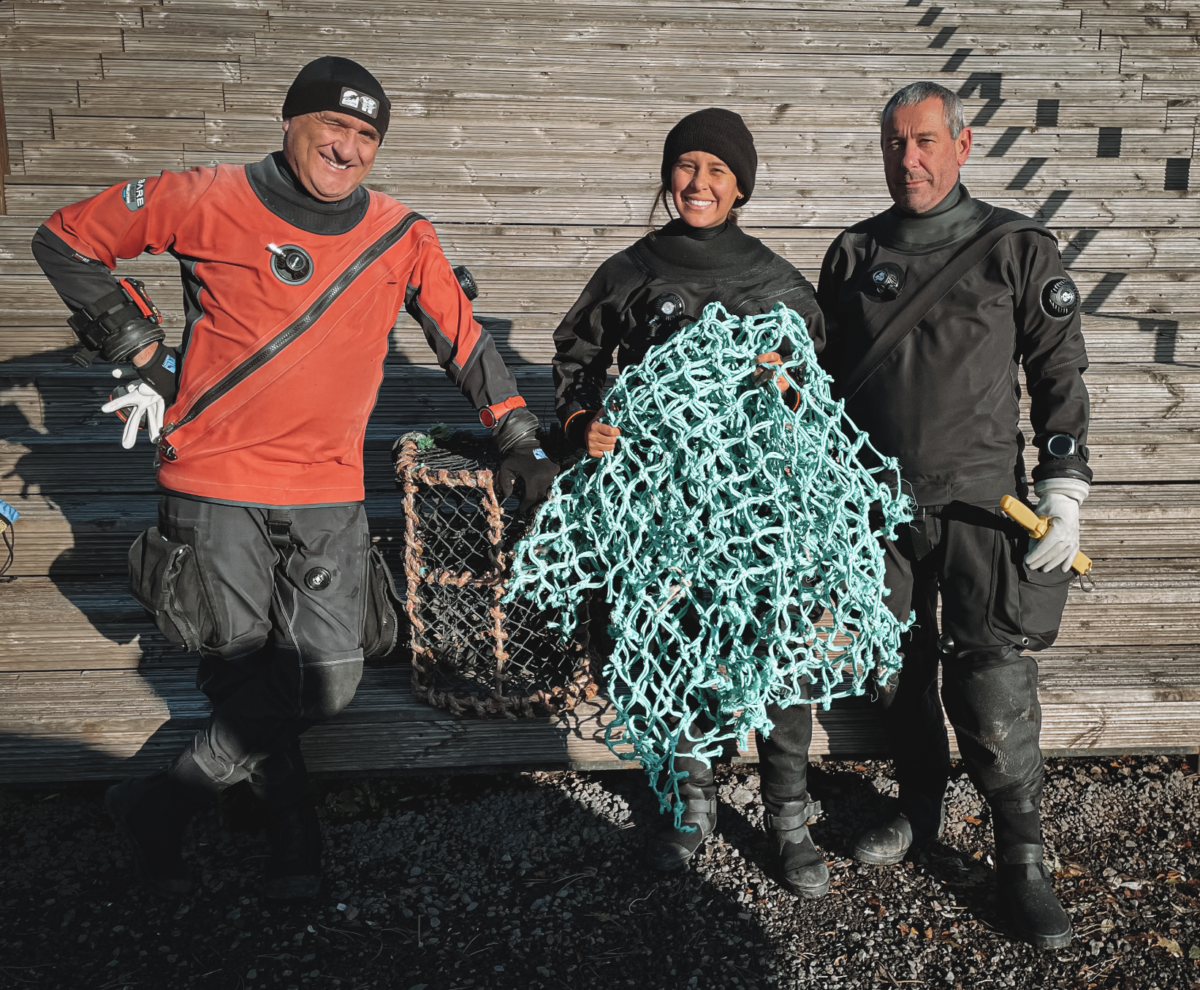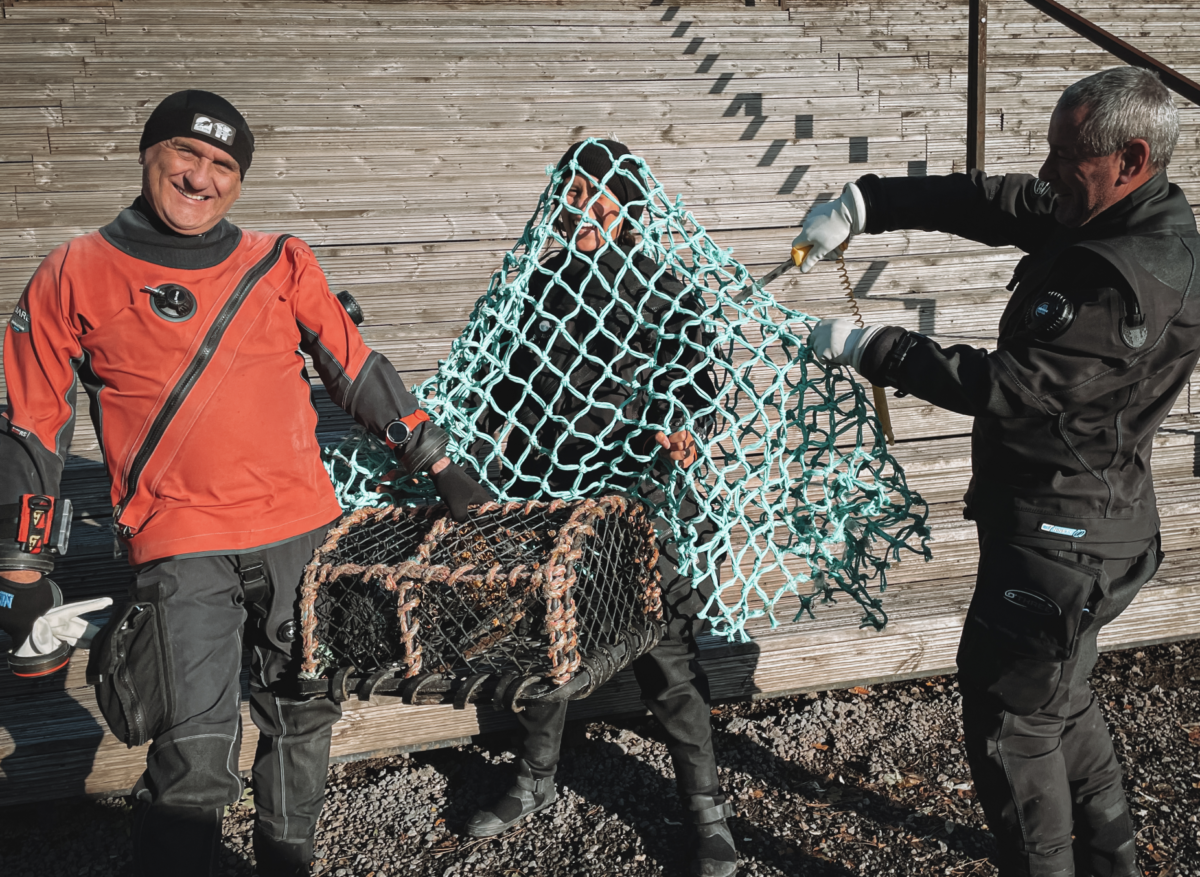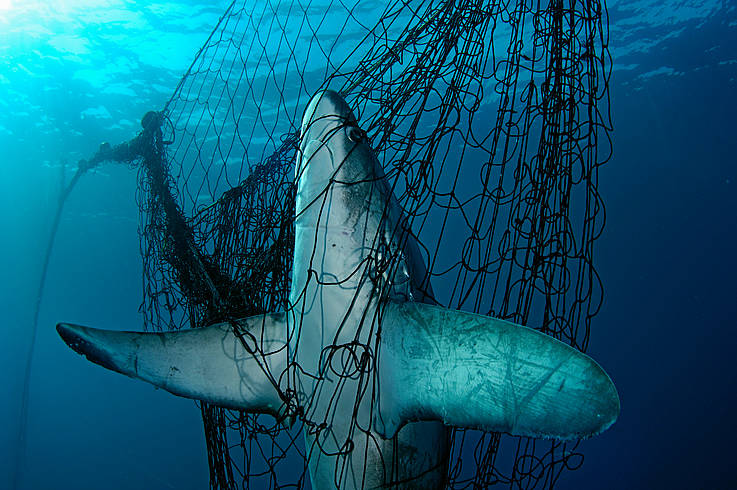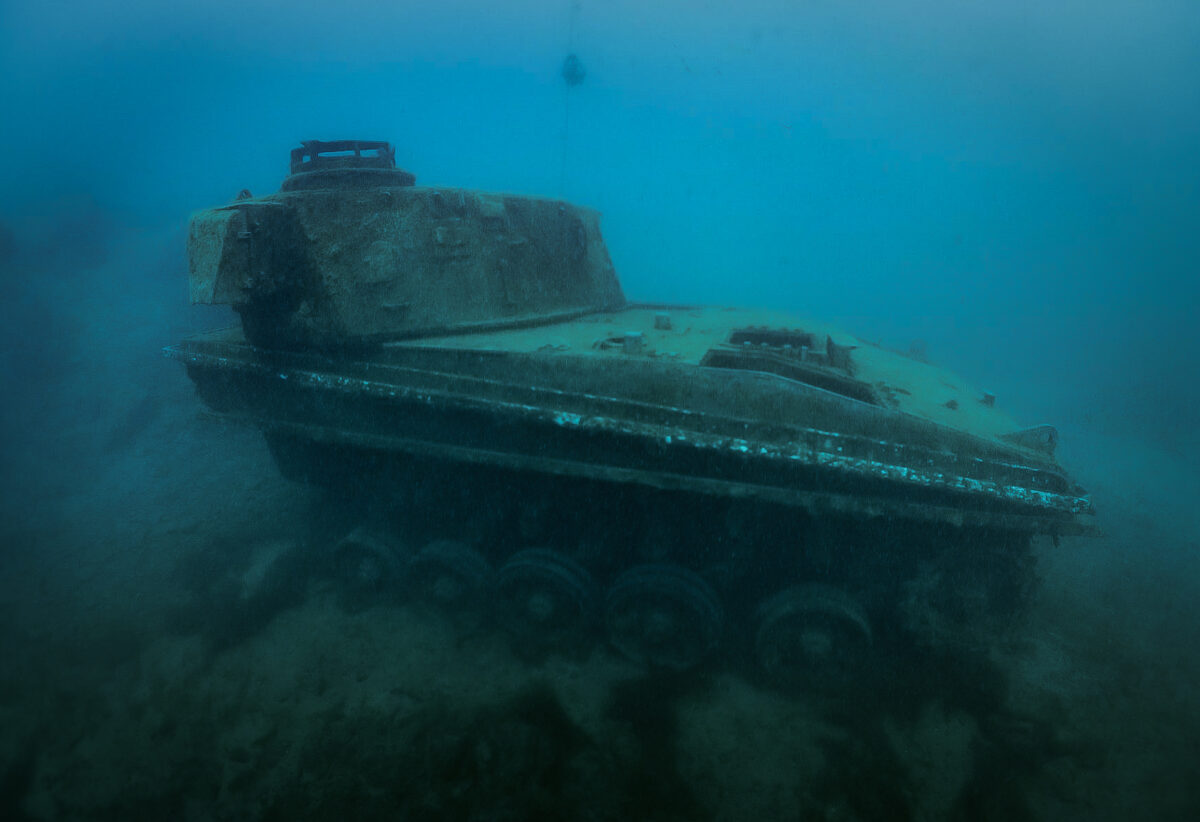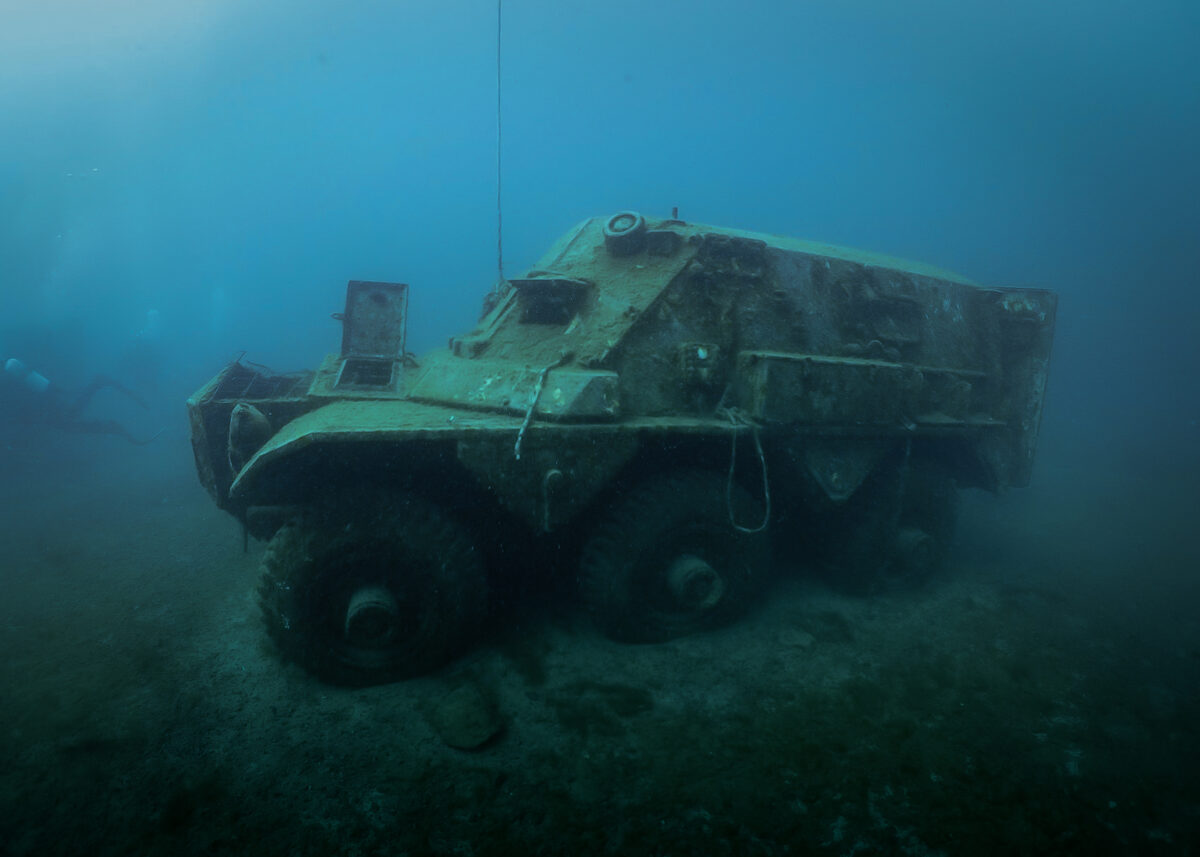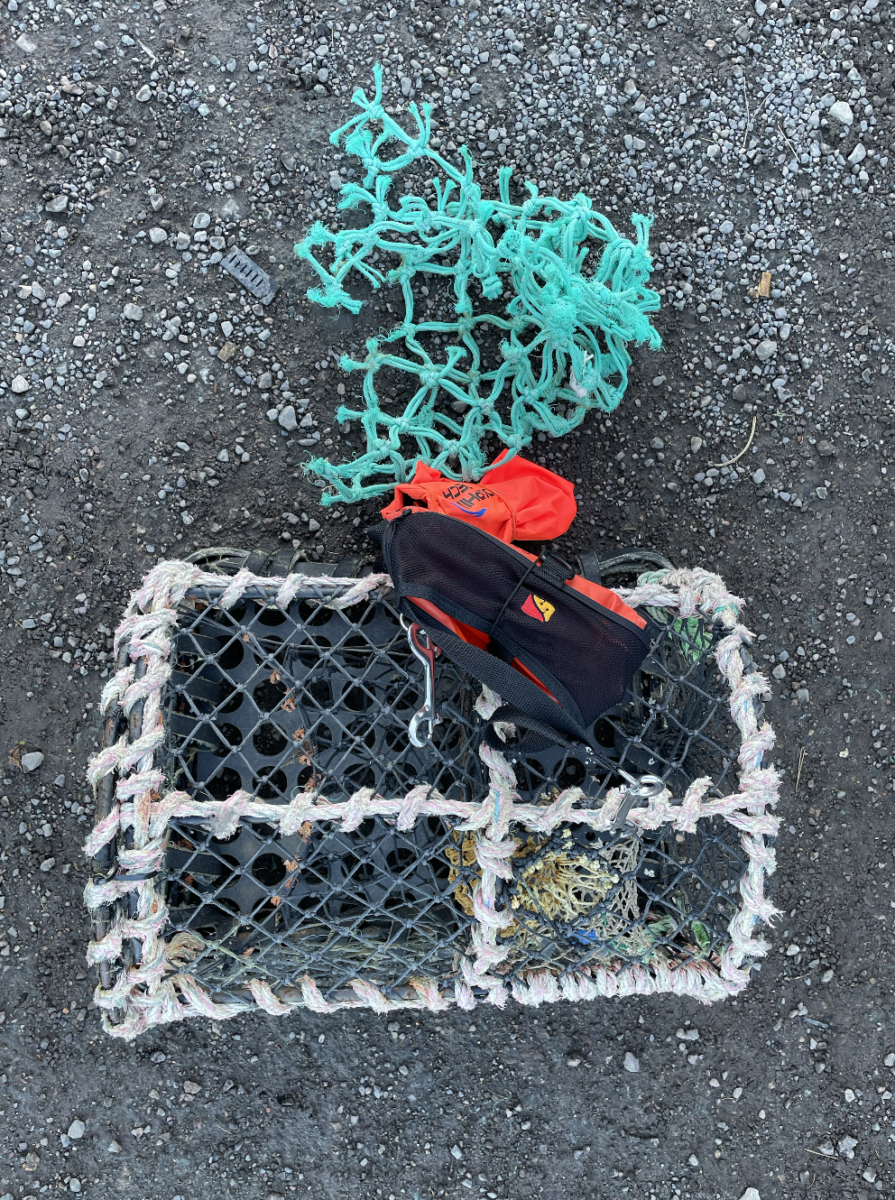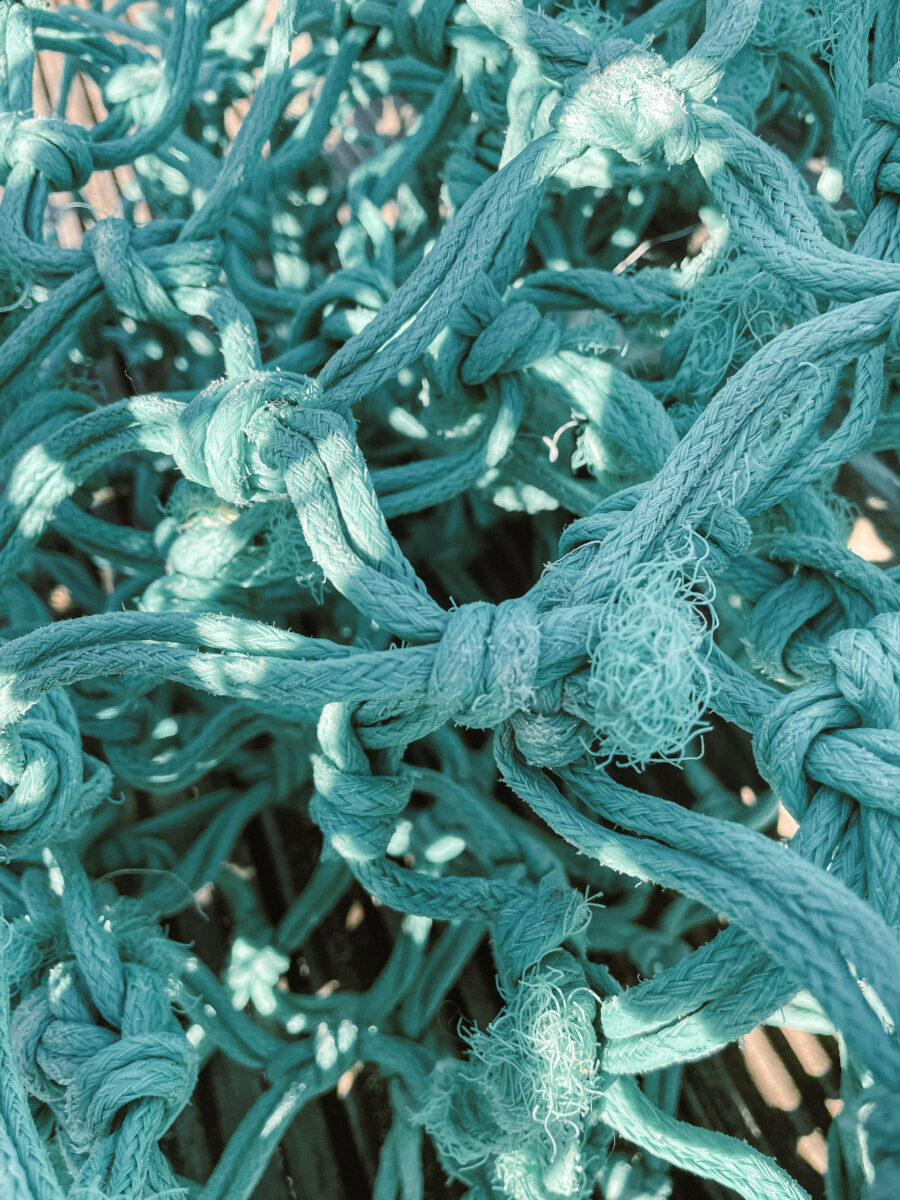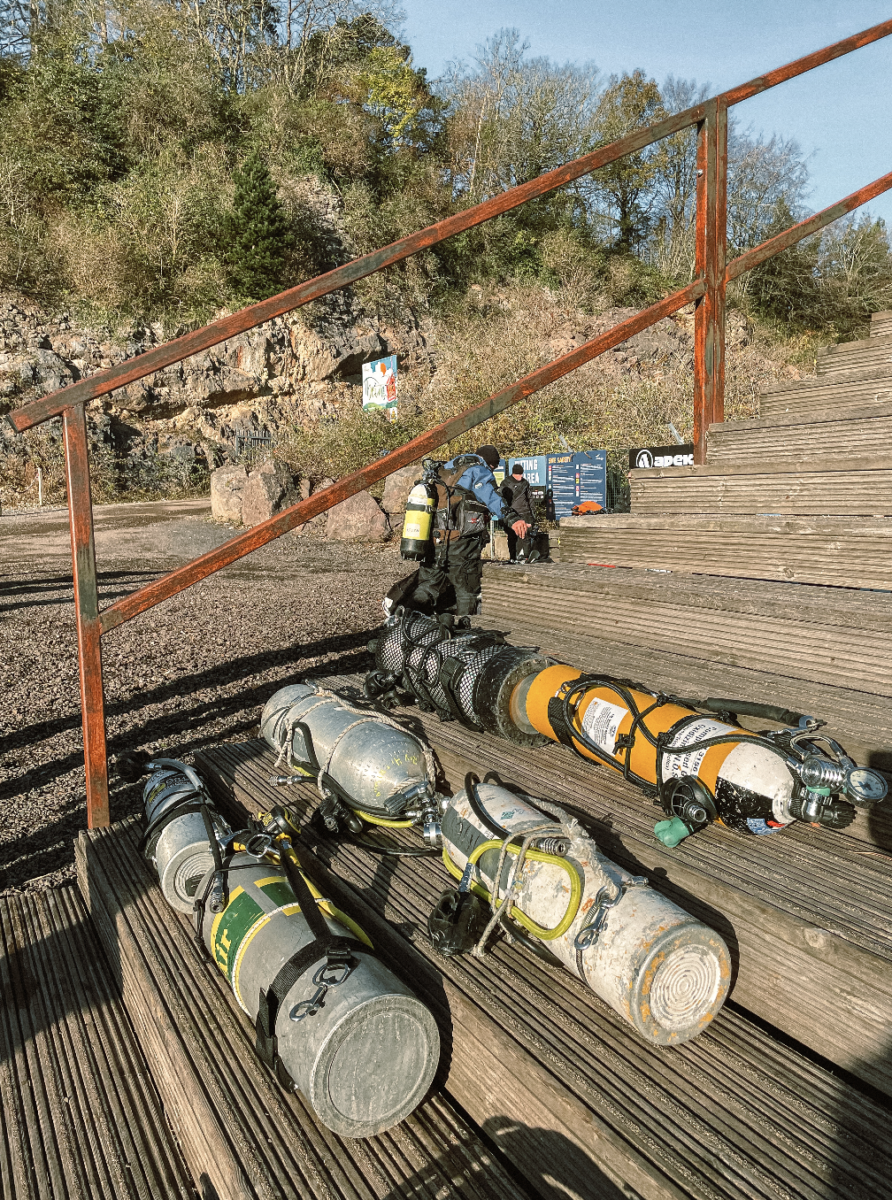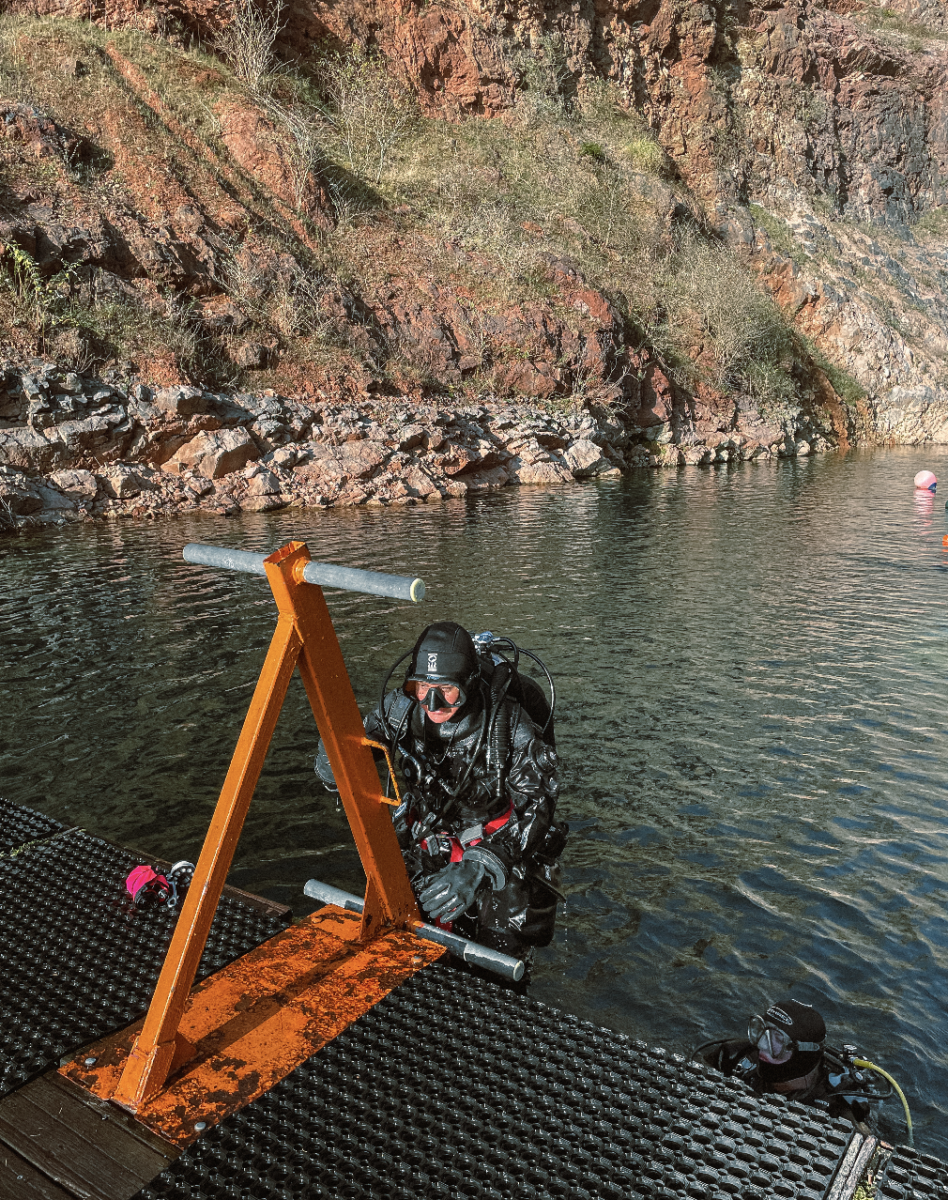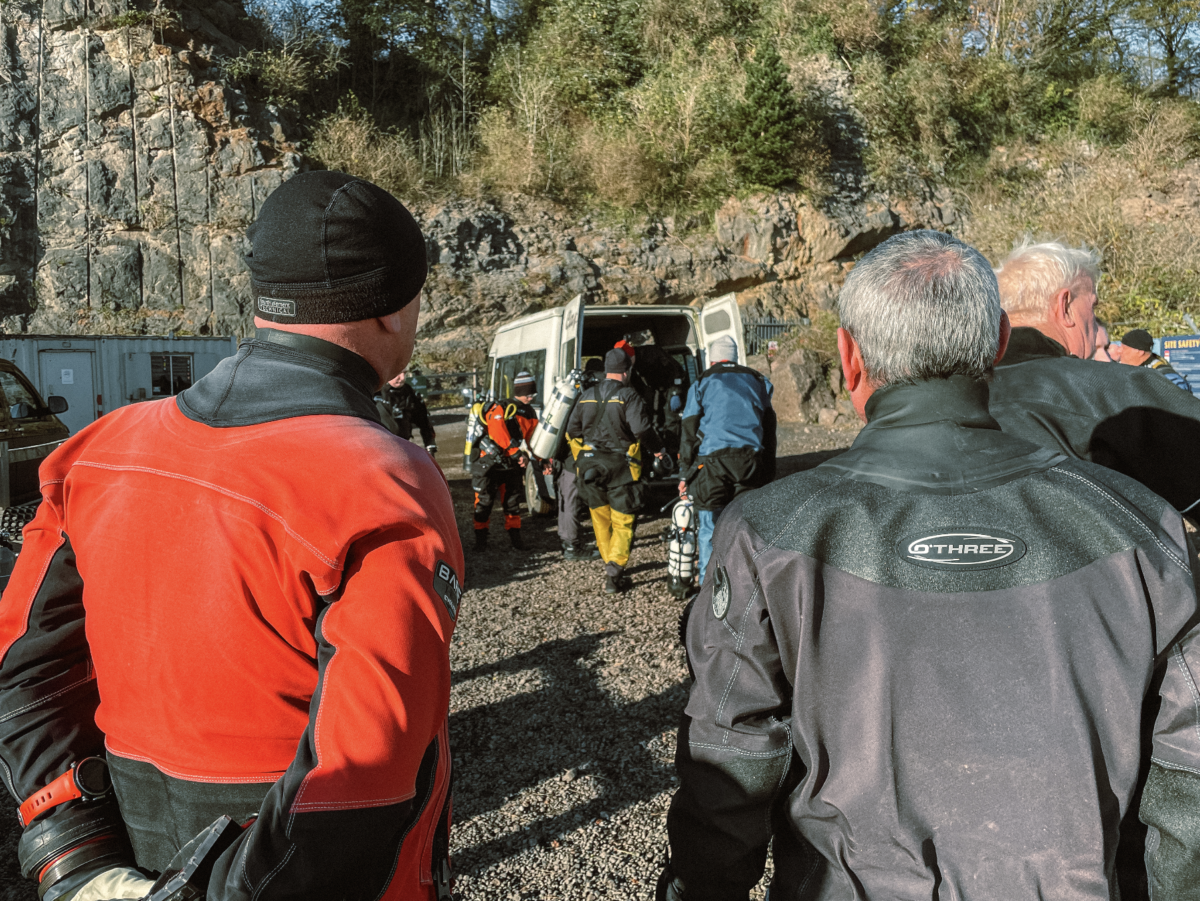Shortly after completing my HSE Class IV Commercial Diver course I had the opportunity to meet up with the wonderful Mark Powell from Dive Tech UK again for more dive training. This time, however, our goal was to learn how to safely and effectively remove and retrieve ghost gear as part of the “Ghostnet Recovery” specialty course developed with Sea Shepherd and SDI instructors. By instructors, I mean Mark Powell himself who wrote the course plan together with the amazing John Crawshaw from Dive Manchester who drove all the way down to join us on the weekend!
What is ghost gear you may ask? Ghost gear refers to any fishing gear that has been abandoned, lost or otherwise discarded. It is the most harmful form of marine debris. Over the past few decades, the fishing industry worldwide has increasingly used plastic in ropes, nets and lines, as well as other fishing equipment. Plastic’s lightness, buoyancy, durability and cheapness make it ideal for fishing. Unfortunately, the same qualities also make ghost nets and lines fatal for marine life. Abandoned, lost or discarded gillnets, traps, and other types of fishing gear can continue to catch target and non-target species indiscriminately for years. This impacts not only important food resources, but also endangered species. Because of this, ghost gear is the most deadly form of marine plastic debris, damaging vital ocean habitats, aquatic life, and livelihoods. The WWF estimates that between 500,000 and 1 million tons of ghost gear enter the ocean each year. It is estimated that ghost nets make up 46% of the Great Pacific Garbage Patch (now 1.6 million square km in size, three times that of France) and up to 10% of all marine litter.
As divers we are incredibly privileged as we have access to a world many people never get to immerse themselves in, and through that we are also able to witness problems that are out of sight for many. Ultimately that access to the oceans also comes with the responsibility to find solutions to the issues we encounter at sea. Sharing this philosophy, Ghost Diving was founded in 2012. Run by technical divers who have specialized in the removal of lost fishing gear and other marine debris since 2009, it is now the largest global diving organization focused on the removal of ghost gear and ghost gear related conservation projects.
Taking part in Mark’s ghost diving specialty course meant a lot to me, as I have encountered large ghost nets covering entire wrecks in the past, but at the time lacked the training, equipment and team to make a significant difference. Back then, my friends and I cut off and brought back as much net as we could, but ultimately the vast majority was too difficult to remove and we had to leave it behind. Indeed, many divers remove or pick-up small pieces of net during their dives (I certainly have done so on almost all my dives), however some ghost nets such as abandoned gillnets can exceed 1km in length and their removal is often only possible – and safe – with highly trained dive teams, the use of multiple lifting bags and the support of larger vessels. Removing any object from the seabed is a demanding task, but especially ghost gear removal requires excellent buoyancy control and multi-tasking skills to properly manage cutting devices, lines, ropes, clips, surface markers and lift bags at the same time.
With that in mind, sporting a single cylinder configuration on our backs and a redundant air source to fill lifting bags under our arm we headed to the National Diving and Activity Centre (NDAC), a large flooded quarry at Tidenham, Gloucestershire, England, near to the border with Wales at Chepstow. An inland scuba diving site, it is popular with technical and free divers, as well as for military training by the Ministry of Defence, as it is up to 80 metres deep in some parts, with artificial wrecks in depths ranging from 6 metres to 76 metres (249 ft).
We started our dive training with an overview of the history of ghost diving, as well as the Sea Shepherd UK Ghostnet campaign founded to address Around the UK this lost and discarded fishing gear is the second largest source of marine debris with over 1250 kilometres of nets alone being lost in UK waters each year. The Ghostnet campaign utilises highly experienced volunteer divers and Sea Shepherd UK’s fast boats to survey UK waters looking for discarded fishing gear and recover it for safe disposal or recycling. Using multibeam echosounders, the teams primarily search for wrecks located particularly near intensive netting and fishing areas where the water currents move the ghost gear along the sea bed and nets get snagged on wrecks. Our next key briefing and preparation point was the weather, water conditions, equipment, pre-dive check, dive plan, safety and contingency procedures, as well as the size, material and weight of the fishing gear to be recovered. In our case, Mark had brought a large piece of fishing net and a lobster pot that we were expected to retrieve safely. We discussed situations that may represent a risk for the participants. A diver getting entangled in the fishing gear is probably the most challenging hazard. Mark and John both very much enjoyed getting entangled and awaiting “rescue” while my dive buddy and I were attempting to retrieve the lobster pot. Increased gas consumption due to hard work can also add complications, as well as improper deployment of lift bags. Another factors is low visibility because of the sediment accumulated around or under the fishing gear.
We went through different scenarios, covering the many things that can go wrong, as well as practicing lifting the net and pot partially, moving them underwater and safely floating them to the surface. Mark and John made sure to stir up the silty bottom and test our ability to work on the nets even in bad visibility. Keeping good buoyancy and trim, clearly communicating with hand signals and torches was critical during all of our exercises. The weekend went by too quickly, but it left me inspired and excited to spend more of my dives combining three of my passions: conservation, diving and shipwrecks.
Thank you Mark Powell from Dive Tech UK and John Crawshaw from Dive Manchester for this absolutely fantastic course through Scuba Diving International and Sea Shepherd! During the course I was wearing my favourite equipment sponsored by Fourth Element, Halcyon, Suunto and Reel Diving. I am grateful to the Our World Underwater Scholarship Society and Rolex for enabling such a valuable learning opportunity. I cannot wait to jump in the water and join the Ghost Diving UK team at sea, with the goal of setting up dive operations to remove some of the larger nets on the wrecks in front of my parent’s doorstep in Turkey in the future.
